Australia’s Great Barrier Reef ‘In Danger’: The Threats, The Plan And What We Stand To Lose
From above, Lady Elliot Island appears off Australia’s Fraser Coast like a tiny green discus in the vast blue of the Coral Sea. Up close, it's a place of exquisite details, and once I find myself 17 meters (55 feet) below the surface of its turquoise outer fringe, its not-so-tiny wonders come into sharp focus.
There are whitetip sharks that squirrel past and send pangs of electricity up my spine. There are mammoth manta rays the size of a car and the shape of a pancake gliding by, all in a row, en route to a “cleaning station.” There are green and loggerhead turtles, which make graceful cameos before meandering away onto a distant reef shelf, and unseen humpback whales whose moans become the eery ballads of the winter sea.
Surfacing in the southern tip of the Great Barrier Reef, my dive buddy observes that he’s just had one of the best dives of his life. We saw coral castles with coral gardens and coral canals. We saw massive schools of fish, the likes of which we thought were only found in the realms of Discovery Channel documentaries. Indeed, this was the Great Barrier Reef of my imagination -- the one I didn’t think I’d find.
The reef-fringed isle of Lady Elliot lies within a specially designated Australian Green Zone and is regarded as the southernmost coral cay of the 2,600-kilometer (1,680-mile) Great Barrier Reef, a network of interconnected reef systems that stretches along Australia’s eastern coast off the state of Queensland. Pilot Peter Gash leased the island from the Great Barrier Reef Marine Park Authority and transformed the existing property into a low-key eco-resort in 2005.
Lady Elliot’s abundance of healthy coral and wealth of marine life made it a natural choice to be the first spot in the Great Barrier Reef accessible to armchair travelers everywhere via Google Street View last September, thanks to a mapping expedition by a team from the Catlin Seaview Survey.
That team returned to Lady Elliot this July and wrote up a gushing report of their experience. Another group, Project Manta, also visited in July and counted about 300 manta rays -- the largest number researchers have ever recorded here. The island’s general manager, Andreas Supper, cited this as evidence that “if anything, the amount of marine life in the area is going up.”
“The healthy coral that we have and the amount of species we see here on a daily basis is just second to none, which makes this part of the Great Barrier Reef quite unique,” he said.
In fact, this is rare good news out of the reef in a year where positive headlines have been few and far between. It’s also yet another reminder of what we stand to lose if the Great Barrier Reef founders at the hand of man, and if the current prognosis is any indication, that possibility is very real.
Bombs Over A Barrier Reef In Danger
The Great Barrier Reef has made headlines all around the world this year, though not for the reasons anyone might have hoped for. First, there was concern that the largest living structure on earth would lose its status on Unesco’s prestigious World Heritage List.
The U.N. body threatened to name the reef “in danger” to raise awareness of the problems it faces if the Australian government didn’t show a firm commitment to protecting it from a variety of threats brought about by industrialization. During its annual meeting in Cambodia this June, however, the World Heritage Committee postponed the danger listing until 2014 to give the government one more year to prove its commitment to a healthy environment.
Great Barrier Reef activists had little time to breathe before yet another wholly unexpected threat came their way: Bombs. Four 225kg (500-pound) U.S. bombs, to be exact, from two fighter jets engaged in a training exercise that went amiss after leaving Shoalwater Bay, an area that holds two seemingly contradictory titles: Great Barrier Reef Marine Park and Military Training Area.
The jets dropped the inert objects in more than 50 meters (165 feet) of water away from coral to minimize damage, but conservationists found little consolation. Why, they asked, was the U.S. military (along with the Australian Defense Force) carrying out risky training exercises over one of the world’s greatest wonders in the first place?
For Unesco, the biggest immediate concern for the reef is five pending port developments largely associated with Australia’s booming mining industry. Creating the megaports would involve major dredging of the seafloor that Australia’s liberal Greens party leader Christine Milne said “will turn this World Heritage area into a rubbish tip for dredge spoil and a highway for massive coal and gas ships.”
The Queensland Resources Council, meanwhile, claims the mining industry has been wrongly blamed for damaging the health of the ocean. The trade organization unleashed a campaign last month to “set the record straight” on the future of the Great Barrier Reef and the continued prosperity of Australia.
“We have two debates running over the future health of the Great Barrier Reef,” Queensland Resources Council CEO Michael Roche said at the campaign launch in late July. “One reflects the genuine concerns of all Australians to ensure the values of an iconic World Heritage Area are protected. The other is an opportunistic attempt by extremely well funded international activists to deflect attention from the real threats to the reef’s health by demonizing Queensland’s major export industries.
“Anyone with a passing interest in the reef and its recent history knows from documented scientific evidence that ports and shipping through the reef do not represent major threats to its ecological integrity,” Roche added. But he danced around the reef’s biggest threat without explicitly uttering the potentially self-incriminating words “climate change” himself. He said extreme weather, thorn-crowned starfish and poor water quality were the real culprits of reef degradation -- and, at least in part, he’s correct.
The Australian Marine Conservation Society believes poor land management leads to about 17 million tons of agricultural runoff contaminants -- 14 million of it from fertilizers and pesticides -- flowing into the reef from Queensland’s rivers each year. These nutrients are partially to blame for an outbreak of crown-of-thorns starfish, which can eat their weight in coral every day.
The Australian Institute of Marine Science opened a first-of-its-kind facility on Aug. 1 that will look at how well the Great Barrier Reef can adapt to this and other threats by testing them out in tanks where scientists can control everything from water temperature to ocean acidification. John Gunn, AIMS CEO, believes the A$35 million (US$31.4 million) National Sea Simulator, or SeaSim, will help fast track marine discovery.
“Fighting the crown-of-thorns starfish is one of the highest priorities for SeaSim,” he said. “We need to understand why starfish populations periodically bloom, leading to massive reef destruction. Is it due to nutrients in floodwaters or are more complex factors at play?” Other programs will look at annual spawning, coral bleaching, ocean acidification and the impact of sediment, pollution, dredging and similar water quality issues.
“The Goose That Lays The Golden Egg”
Placing the blame solely on the State of Queensland, agricultural practices or Australia’s rapid industrial growth would be to overlook the more universal climate problems, of which we all contribute. The reality is that more than 50 percent of the Great Barrier Reef’s hard coral cover -- its building blocks -- has disappeared over the past 27 years.
The conservation society's Great Barrier Reef campaign director Felicity Wishart said that when she explains these figures to politicians they simply don’t believe her, and she doesn’t particularly like them spread in the media either, because they tend to make people feel as if the reef is a lost cause, “which, of course, it isn’t.”
“If we look after the reef from this point forward, if we actually start to manage it more effectively, then we can give it its best shot of recovery,” she said. “At the moment, we don’t have a reef that is incredibly healthy, and so industrialization, dredging and the rest that comes with that adds undue pressure to the reef and makes the situation worse.”
Crown-of-thorns, poor water quality from a century of industrial and agricultural practices and storm damage -- there have been five “once in a century” Category 5 cyclones over the reef in the past seven years, likely due to global warming -- remain some of the biggest long-term threats. But Wishart said the five proposed coal port expansions (“the biggest industrial agenda that the reef has ever known”) are of the most concern to her, in part because they’re a problem that Australia could solve right now if it wanted to.
“You can only dig it up and ship it off once,” she noted. “No one is saying to shut the ports entirely, but we certainly need to improve their practices and slow the process down. If you ship the minerals out faster, all you do is make yourself poorer faster. Why go for a boom and bust scenario?
“We need to treat the reef like the goose that lays the golden egg,” Wishart continued. “It’s such a constant that has always been there, so I think it’s hard for people to accept the fact that we could actually lose it someday.”
A Bit Of Tender Loving Care
Lady Elliot is but a speck in the massive Great Barrier Reef, but the island eco-resort hopes to promote the health of its northern neighbors in its own way. Among other initiatives, it opened up a climate change trail this past year that offers visitors a taste of what’s to come. The first ominous placard warns that if current scientific predictions pan out, the island will be completely underwater in 100 years.
“That’s why we’re educating the guests who come onto the island with our activities and presentations to entice them to open their eyes and see how important it is to focus on the environment. Otherwise, all of this is going to be gone,” Supper said. “The response we get is overwhelming because often visitors don’t realize how important it is to look after the environment, but they see how we operate and that is a bit of an eye-opener.”
Lady Elliot desalinates 20 liters of fresh water each hour, crushes its glass waste for redistribution on the beach, reduced its diesel use from 500 to 200 liters a day, and hopes to become completely reliant on solar panels (and perhaps even wind farming) in the coming years. Moreover, all profits are reinvested in the island and its conservation efforts. Guests take a not-so-eco-friendly plane to get here, but as Supper noted, “the eco label is a never-ending saga where there are always things that can be improved.”
Supper said he’s obviously concerned about all of the negative attention the reef is getting these days and the damage it could cause to the area’s A$6 billion tourism industry, but cautioned that people need to see for themselves. “Sometimes you hear one thing from the media, but unless you literally go and check it out, how can you make up your mind?”
He’s right. Reading the headlines out of the Great Barrier Reef, you might think it’s turned into a bombed out pit of dirty water and danger signs. But it’s still there and it’s still great. It just needs a bit of tender loving care -- and it needs it now.
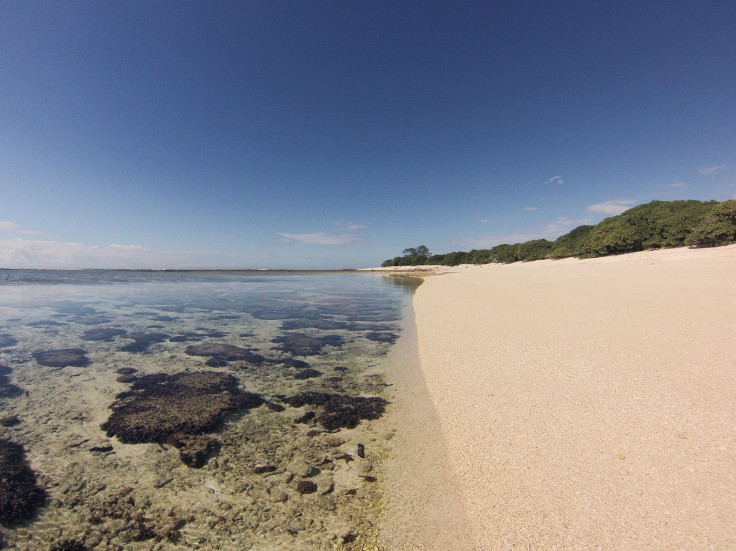

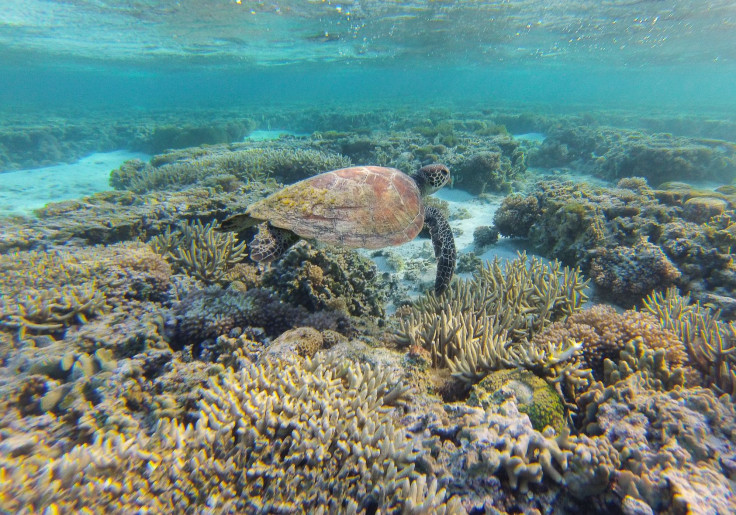
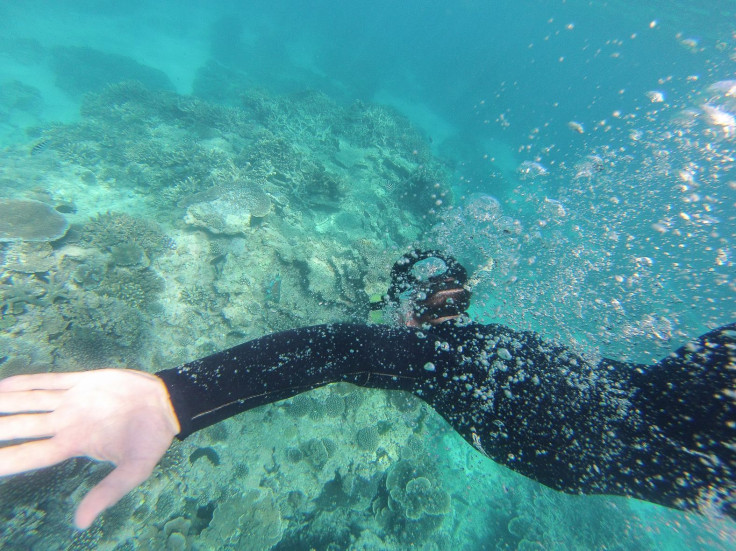
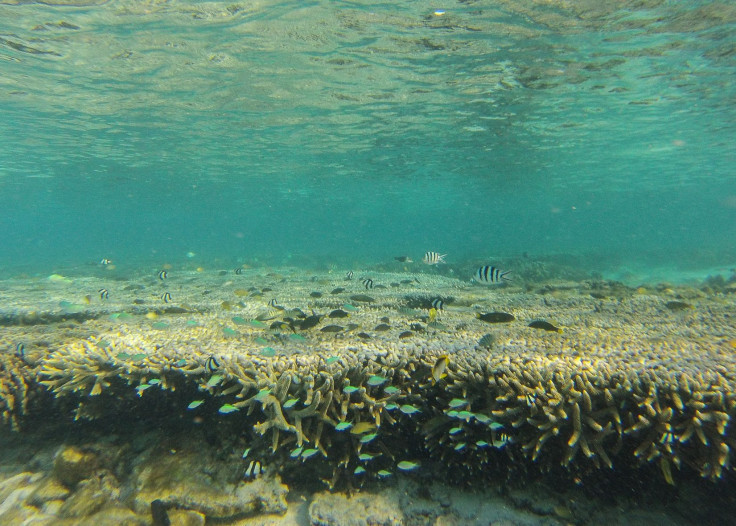

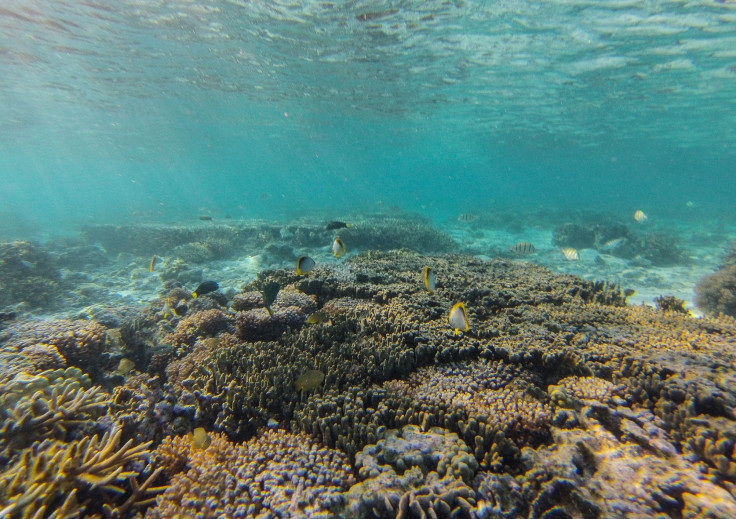
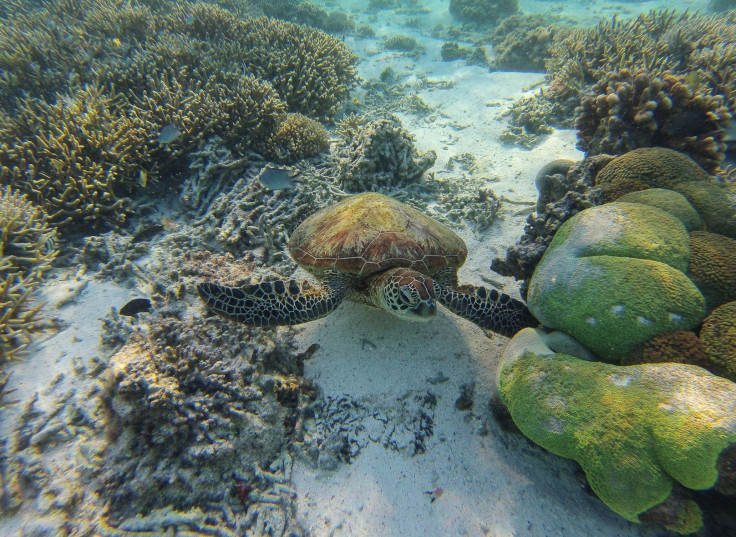

© Copyright IBTimes 2024. All rights reserved.






















